Guest column: Dr. N Prabhudev
It is famously said that in India- language changes every few kilometres. Therefore, unlike the other national symbols the choice of a ‘national language’ for India has been difficult and has witnessed violence and heated debates. The foremost reason as to why India cannot have a national language is its linguistic plurality. It is not a language spoken by the entire population, nor is it spoken by even a simple majority of 50% of the population.
There is a widespread misapprehension that Hindi is the national language of India. The promotion of the usage of Hindi as a medium of instruction has failed. This can be attributed to the growing usage of English in the professional world. Regardless of the region they belong to, people now prefer English medium education over Hindi.
Communication skills in English are seen as a gateway to a realm of opportunities which might otherwise not be available. Language is a form of identity that most people are deeply and emotionally attached to. So much so that it even at times surpasses religion. Each language has a distinct history and pride of its own. Therefore putting forth a common language that would affect us in most aspects of our common life is a subjugation of a mother tongue to that common language.
No language can be a national language of India when India is created in a multilingual format.
Non Hindi speaking people are as nationalistic in outlook and patriotic as Hindi speaking ones. Language is not the binding force. The theory of one nation, one language will not work in India as there are several mother tongues.
The diabolic caste system, deep-rooted prejudices, discrimination, untouchability, economic and social disparities and corruption that divide India even after 75 years of Independence. So we must first set our house in order, and not project a particular language predominantly just because it is spoken by many.
The Constitution of India has not given any language a national status. A major issue that has blocked Hindi as a national language is the decision after independence to organize the states of India according to linguistic boundaries.
With over 1.3 billion people and more than one thousand languages, India is certainly one of the most multilingual nations in the world today.
English has few speakers-only about one percent of India’s population. English Holds a high position in the academic world and it has retained it until today despite the plan to phase it out by 1965. Because of English’s importance internationally and the many advantages conferred upon those who could speak it, the study of English has continued with even greater vigour than before…..
English has acted as a stumbling block for Hindi. The major Indian languages are all highly developed and have impressive literary traditions of their own. People have great pride in their own languages and fail to see why Hindi should be given a dominance which it cannot claim on its own.
However in 1965, in accordance with the 15-year plan, the central government decided to go ahead with the linguistic changeover from English to Hindi.
Hindi Imperialism” and “Hindi never, English ever!” agitation by DMK began a two month long period of agitation and repression. During this time, sixty-six people died.
The Madras agitation made visible what the central leaders had consistently refused to see. The manifest function of this violence was to help construct a bridge of communication between the leaders in power, who lacked sensitivity, and the sensitive people, who lacked power. The acts of violence were largely a product of the ruling authority’s failure to establish communication with the people who had intense feelings concerning the language issue.
Hindi can wait. Address other vital problems bleeding the nation.

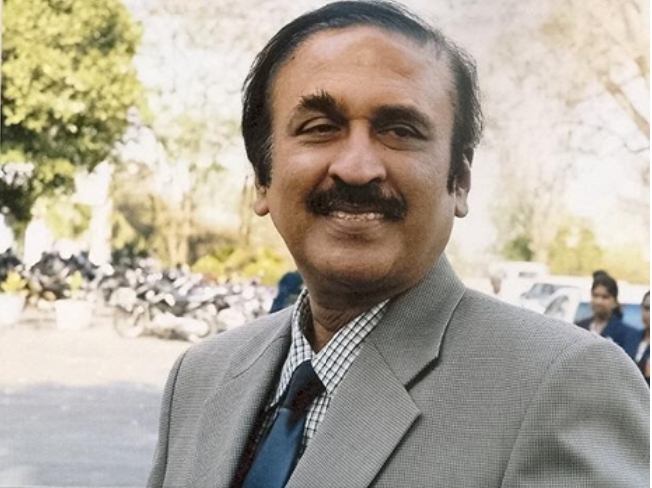
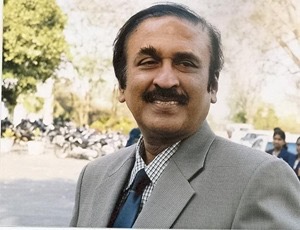
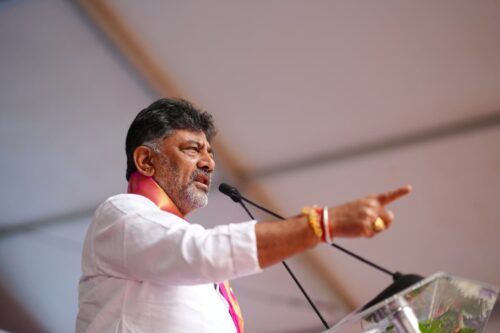
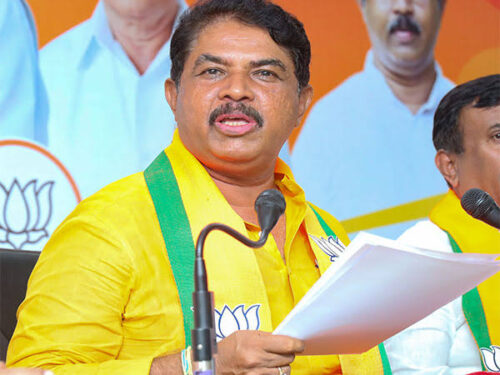
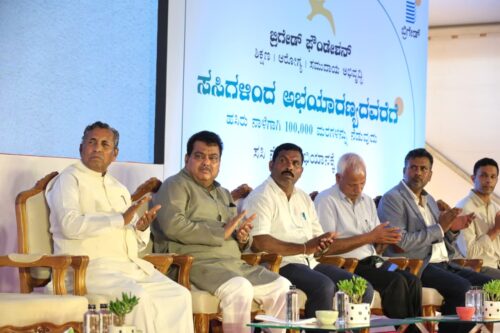
More Stories
Bengaluru School Visited by Asia’s First Empathy Building Animatronic Elephant ‘Ellie’, Voiced by Actor Dia Mirza, Courtesy of PETA India
Golden Jubilee Mahotsav set to create India Book of Records by chanting two crore Stotras
ISRO Chairman Inaugurates HAL Facilities to Support LVM3 Program